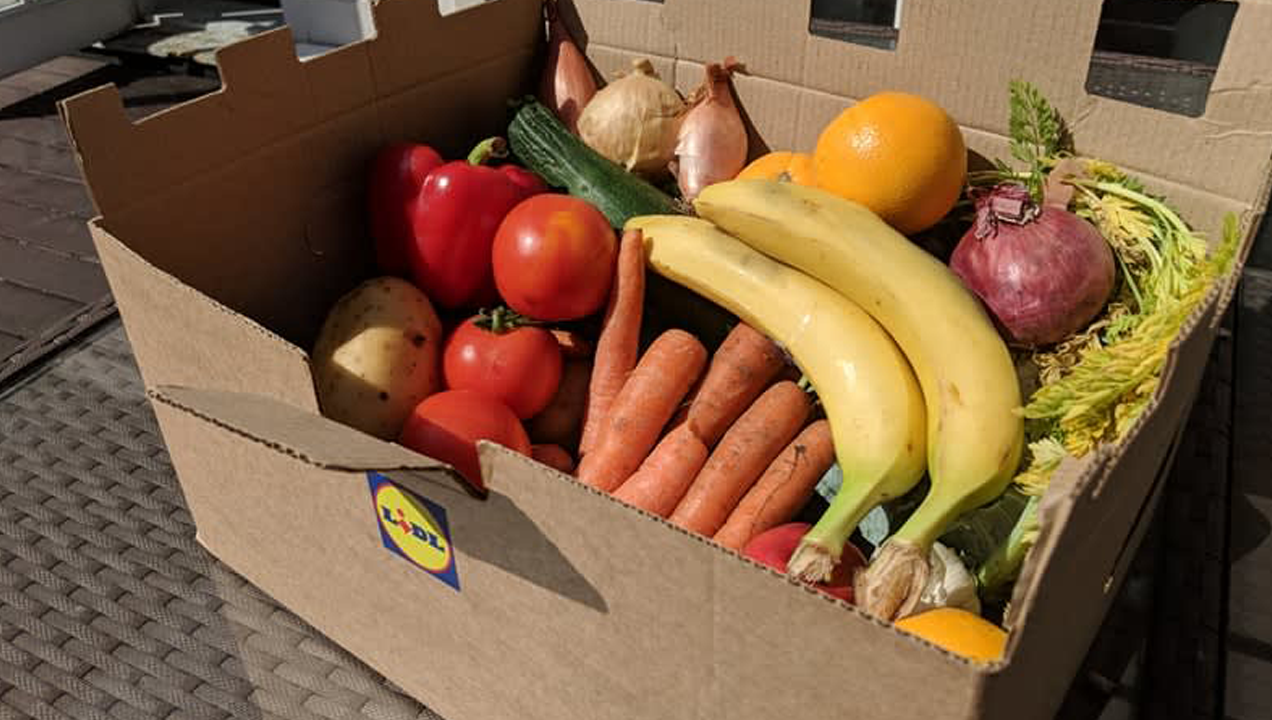A World Without Friction: The Downside of Easy
The more times that a user has to click to complete a transaction, the less likely they are to complete that transaction. Removing friction from the user experience seems like an imperative of design in the modern climate. We live in a world of near infinite choice for end-users, so the first time that they encounter a pain-point can be the last time that they use your product or service. Yet for all of that, there are many cases where removing friction has created a far worse result for the users than leaving it in place.
With the introduction of contactless debit and credit cards, the final barrier to spending money in a frictionless way has been removed. Originally, shoppers would physically hand over the cash that they had earned. Later they would have to sign their name on a check or punch in their pin number to transfer. Now there is no kinesthetic feedback to provide users with any warning that they are spending money. Ideal for organizations trying to maximize customer spending, less ideal for customers.
The banking app Monzo has been implementing solutions that put friction back in – what they term as ‘Positive Friction’; including alerts to warn users when they are spending excessively, and a breakdown of the types of payments that they are making the most from their linked bank account so that they can recognize any areas of excess. This has additional knock-on benefits when you consider that financial difficulties are often a trigger for mental health issues, as Monzo recently pointed out.
The pursuit of perfection has introduced massive issues when it comes to buying food, particularly fruit and vegetables. There was a demand for constant availability of seasonal products, and a preference for fruit and vegetables that looked “perfect” resulting in massive food waste on a local level and the creation of an intercontinental infrastructure that took fresh fruit and veg from one side of the world to the other in attempts to meet those demands. The creation of frictionless access to fruit and vegetables regardless of the season has stripped seasonal products of their uniqueness and value, decoupling the food being consumed from its source in the same way that many food products are abstracted from their raw components, and furthermore, contributing massively to carbon in the atmosphere by shipping food across such huge distances.
The recent farm to table movement, and an increasing demand for localism and freshness in food is starting to curb this trend, as are initiatives to get “ugly” fruit and veg back onto the menu through discounting and celebrity endorsement. But these campaigns are fighting an uphill battle, because often once a user is conditioned to expect a frictionless experience, it changes how they view every other experience going forward.

The perfect example of this “user training” is television. People, in particular young people, that are accustomed to streaming content on their own schedule find traditional television channels and the friction of waiting for an allotted broadcast time, and a week-long wait for the next episode to be intolerable. While streaming providers may attempt weekly release schedules from time to time, they tend to return to the on-demand model overall.
There is nothing inherently superior about a frictionless experience if it isn’t a better experience for the user. Removing friction can also remove the parts of an experience that make it unique. And if careful consideration isn’t given then it can also open users up to unintended consequences.
